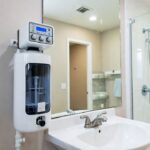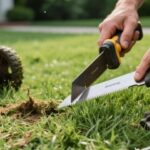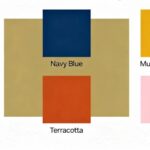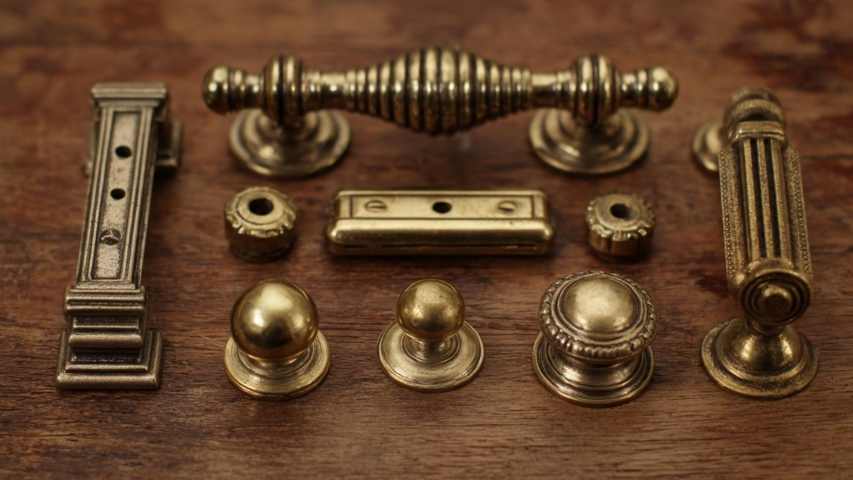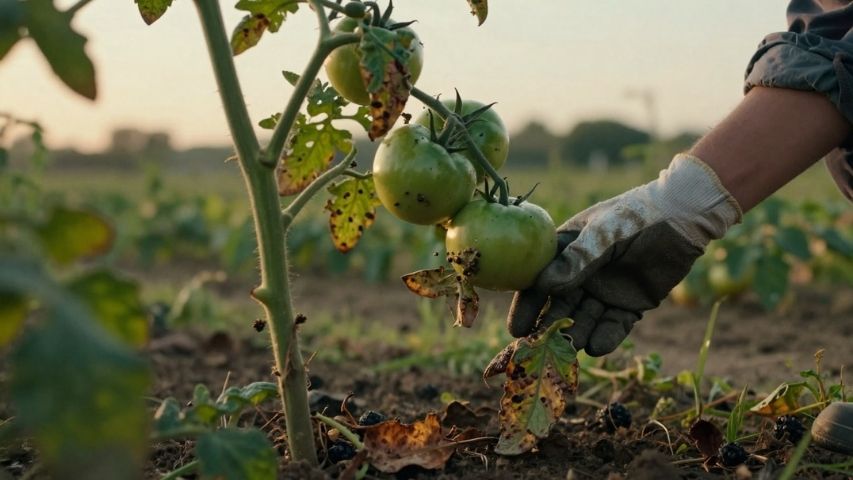Vintage brass has a warm glow that many people find charming. Whether it’s a candlestick from a thrift store, old door hardware, or a decorative fan, brass brings unique character to your home. However, it does tend to tarnish over time.
As brass is exposed to air and moisture, its bright gold color can fade to a dull brown or even green. If you’ve ever looked at a tarnished piece and thought it was ruined, you’re not alone. Restoring its shine is easier than you might expect, and you probably have what you need at home.
We decided to put common cleaning theories to the test. We took tarnished brass hardware and pitted four different cleaning methods against each other: three DIY kitchen concoctions and one store-bought classic.
Here’s what happened when we tried Ketchup, Lemon and Salt, Vinegar and Flour, and Brasso—and which one worked best.
The Crucial First Step: The Magnet Test
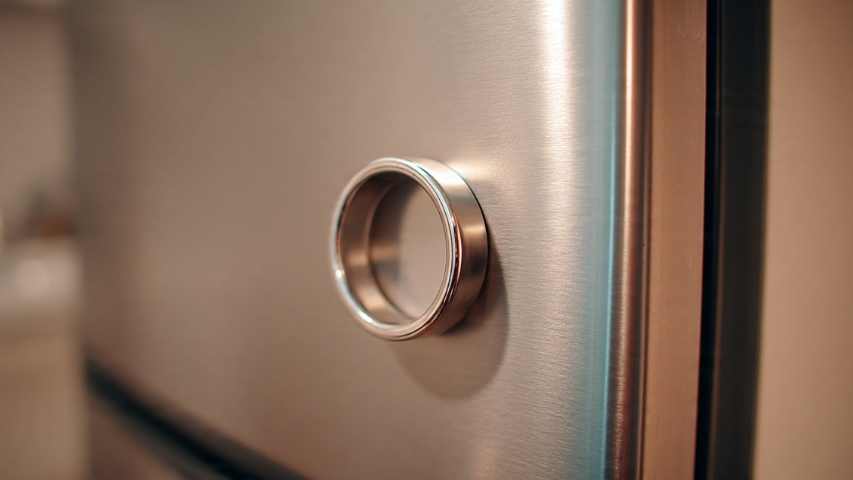
Before you mix up a paste or open a bottle of cleaner, you need to know exactly what you are cleaning. Not all “brass” items are created equal. Some are solid brass, while others are simply steel or zinc plated with a thin layer of brass.
The cleaning methods below are strong. If you use them on plated brass, you might remove the brass layer and end up with a dull, silver-colored item.
How to check:
Take a regular refrigerator magnet and place it on your item.
- If the magnet sticks: The item is plated. The underlying metal is magnetic (likely steel), and the brass layer is thin. Do not soak these items or scrub them aggressively.
- If the magnet doesn’t stick, your item is solid brass. You can safely use the soaking and scrubbing methods described below.
The Experiment: 4 Cleaners Compared
For our test, we used matching brass hardware with similar tarnish. We covered each piece with a different cleaner and let them sit for 30 minutes.
Method 1: Ketchup
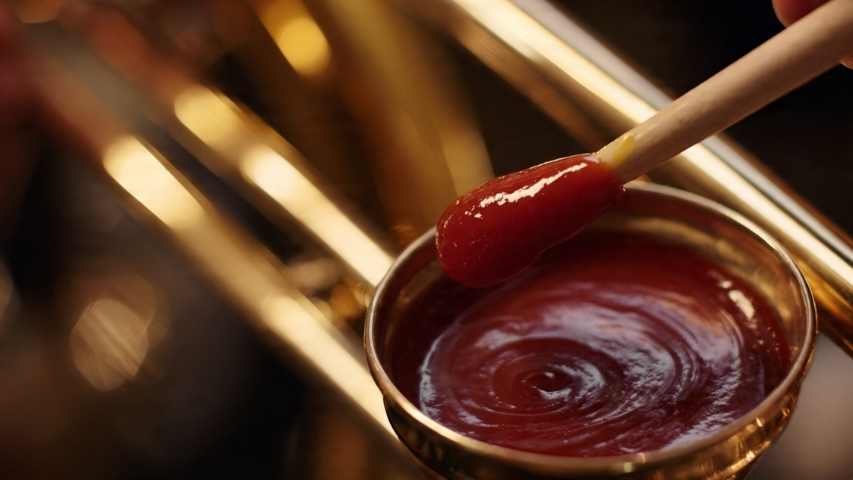
Many DIY fans like using ketchup because the acid in tomatoes helps remove tarnish without harming the metal.
- Application: Squeeze a generous amount of Ketchup onto the brass. Use a soft-bristle Brush (an old toothbrush works perfectly) to spread it around, ensuring every nook and cranny is coated.
- Result: Ketchup worked surprisingly well. After 30 minutes, it removed most of the heavy tarnish.
Method 2: Lemon and Salt
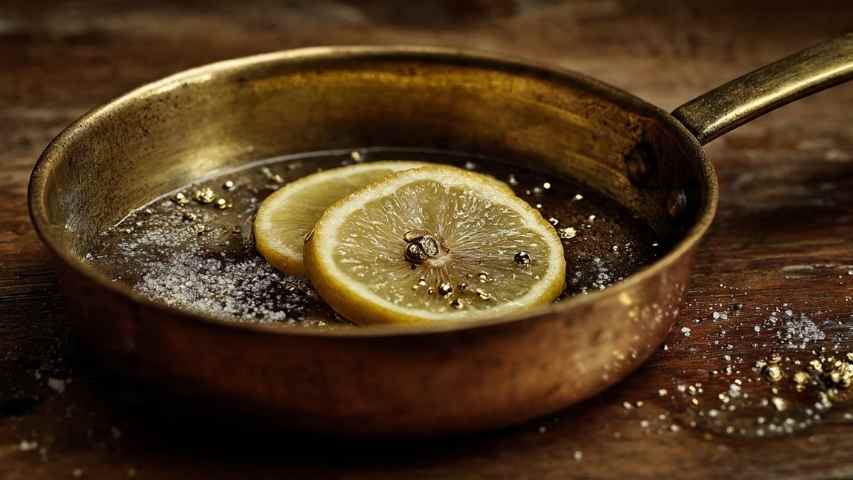
This method is a classic. The lemon’s citric acid and the roughness of salt work together to clean off grime.
- How to use: Sprinkle salt on the brass, then add enough lemon juice to make a thick paste. Cover the whole surface well.
- Result: This method worked about as well as ketchup. It cleaned the brass and made it shiny, but left some tarnish in the grooves, which some people like.
Method 3: Vinegar, Salt, and Flour
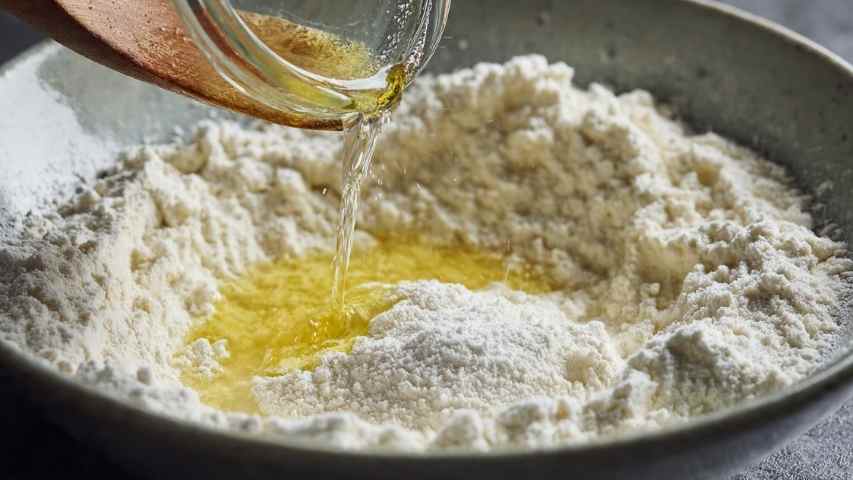
This mix forms a paste that sticks to the brass, letting the vinegar’s acid work over time. The usual recipe uses equal parts vinegar, salt, and flour.
- How to use: Mix vinegar, salt, and flour together to make a paste.
- Note: In our test, the paste was a bit too runny, which meant there was too much vinegar.
- The Verdict: Proceed with caution. Because the mixture was too potent, it actually removed the zinc from the brass alloy. This turned the hardware a pinkish, copper color. If you use vinegar, ensure you dilute it sufficiently or increase the flour/salt ratio to buffer the acidity.
Method 4: Brasso
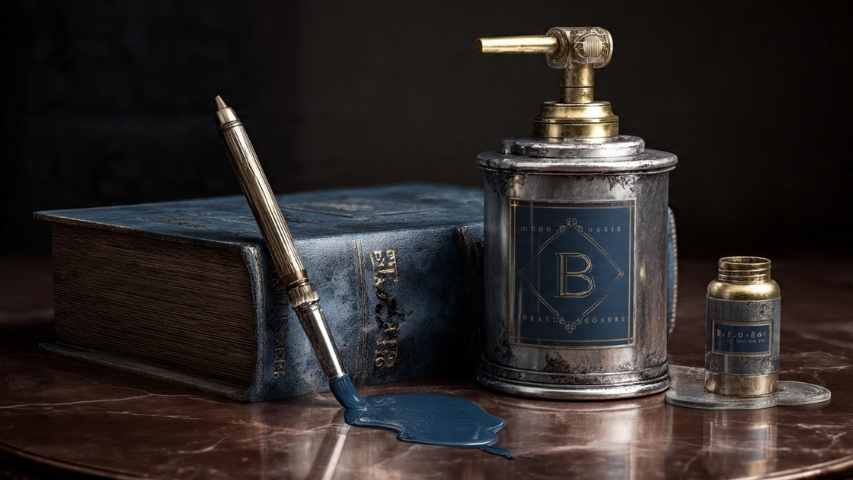
Brasso is a commercial metal polish and served as our control in this test. It’s made specifically for cleaning brass.
- How to use: Put some Brasso on the brass. Watch it closely, because leaving it on too long can cause problems. It’s a good idea to check after 15 minutes.
- The Verdict: It works. Brasso provided a clean, consistent shine that lived up to its reputation. However, it involves harsh chemical smells and is significantly more expensive than kitchen staples.
The Results: Which Method Won?
We rinsed each piece with warm water, dried them with a clean rag, and compared the results side by side.
The vinegar mixture didn’t do well. It was too strong and changed the brass to a copper color.
Lemon and salt, as well as ketchup, were the best natural cleaners. Both removed tarnish well without taking away the brass’s natural color.
Brasso cleaned as well as ketchup but gave the brass a slightly more polished look.
The Ultimate Cleaning Routine
After trying all four methods, we found that the best results come from combining products. If you want to save money but still get a great shine, try this routine:
Step 1: The Ketchup Soak
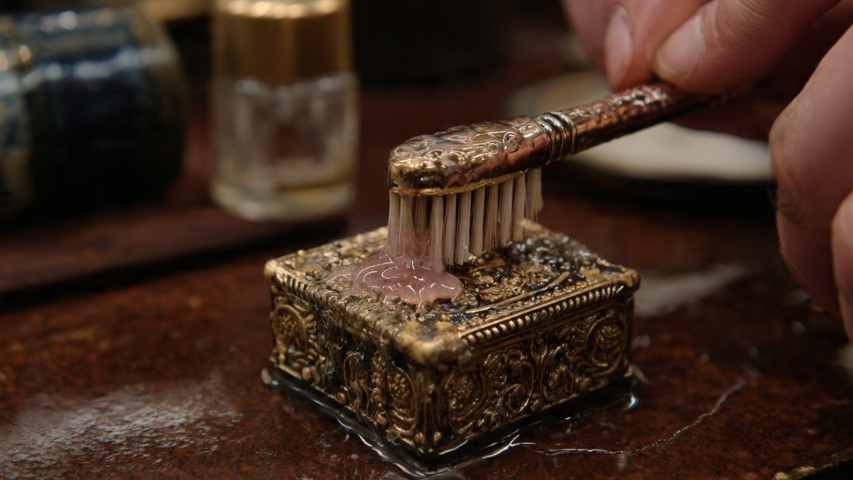
Begin with the ketchup method. It’s inexpensive, you probably have it at home, and it removes most of the heavy tarnish.
- Coat your solid brass item in Ketchup.
- Use a toothbrush to scrub the ketchup into all the small details.
- Let it sit for 30 minutes.
- Rinse the item with warm water and dry it thoroughly.
Step 2: The Brasso Polish
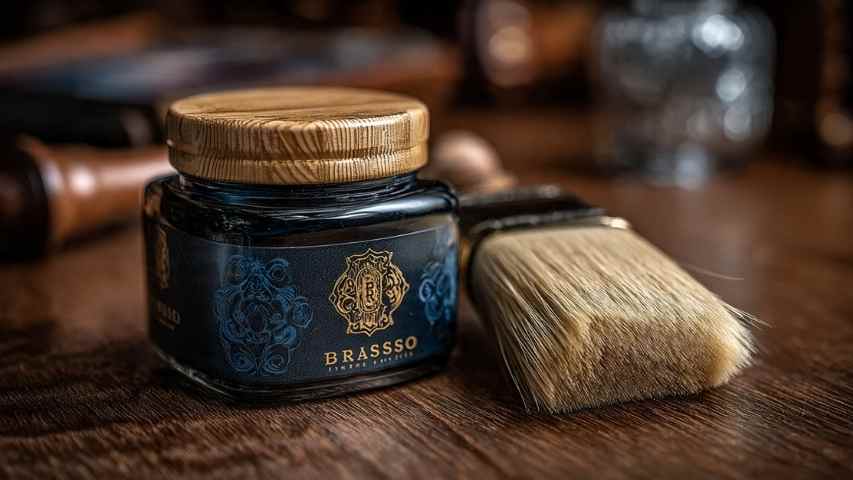
After the ketchup has cleaned off the grime, use a small amount of Brasso for the finishing touch.
- Apply a dab of Brasso to a soft cloth.
- Rub Brasso over the surface to get rid of any spots the ketchup didn’t remove.
- Buff to a high shine.
This combined method lets you use less of the expensive cleaner and still get results that look like new.
Frequently Asked Questions
Can I use these methods on lacquered brass?
Many newer brass items have a lacquer coating to stop tarnish. If your brass looks shiny but has black spots under the surface, the lacquer is damaged. You can’t clean through the lacquer. You’ll need to remove it, usually with a varnish remover, before polishing the metal with these methods.
Why did my brass turn pink?
As we saw in our vinegar test, brass can turn pink due to “dezincification.” Brass is made of copper and zinc, and strong acids can pull out the zinc, leaving only copper, which looks pink or red. You can try to polish it out with an abrasive polish, but sometimes the damage is permanent.
Do I have to use flour in the vinegar mixture?
The flour doesn’t clean; it just helps hold the mixture together. Without flour, the vinegar and salt would be too runny and slide off your item. The flour makes a paste that sticks to the tarnish, letting it work better—sometimes a little too well.
Make Your Brass Shine Again
You don’t need a cabinet full of speciYou don’t need lots of special cleaners to restore your vintage brass. With a magnet and some ketchup, you can remove years of tarnish. The kitchen ingredients for the hard work, and save the specialized polish for the final buff. It is a budget-friendly way to keep your Home looking polished and bright.

